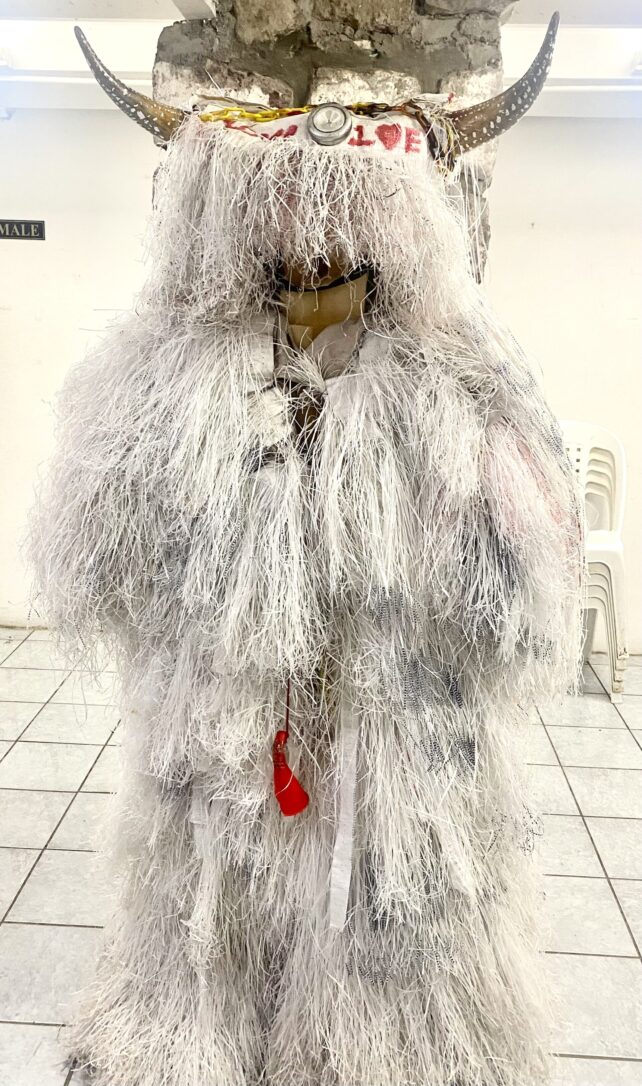
In a resounding effort to preserve and safeguard Dominica’s cherished carnival heritage, encompassing the essence of Sensay (Sennsé in Dominican Kwéyol), Bann Movė, and Souswel Souwi, a transformative nine-day workshop concluded with unanimous acclaim from organizers, facilitators, and passionate attendees.
Anita Bully, the driving force behind the Dominica Artists in Residence Program stands at the helm of revitalizing Dominica’s rich masquerade heritage. In partnership with Kaz Kweyol Productions Ltd and the Alwin Bully Foundation, the inaugural nine-day workshop unfolded at the Old Mill Cultural Centre.
The Artists in Residence Programme, spanning from November 7 to November 16, 2023, was a collaborative endeavour supported by funding from the Creative Caribbean. This support, managed by UNESCO, CARICOM, and the University of the West Indies (UWI) and backed by the ACP-EU, underscored the significance and breadth of this cultural initiative.
At the closing ceremony of the workshop, Bully stated, that despite initial hurdles including delayed funding, the programme emerged as a resounding success, with a remarkable exchange of experiences and knowledge, marking a significant milestone in the preservation and evolution of traditional masquerade forms within the country.
The program reportedly united over 20 local mask makers from various communities including Grand Bay, St. Joseph, Newtown, Mahaut, Dublanc, Colihaut, Portsmouth, Roseau, and beyond, underscoring the living legacy of traditional masquerade forms within the nation. These creators, often considered the custodians of this rich heritage, converged to participate in the training session facilitated by experts Nelshan Phillips from Trinidad & Tobago, Jean Luke Toussaint and Vannessa Guye from Martinique, and Big Chef Dow Edwards from New Orleans.
The collaborative effort aimed not only to celebrate the existing forms but also to innovate and anchor these traditional practices as pivotal elements of Dominica’s carnival.
“After nine days of sharing and exchanging experiences, and working together on building carnival masks, and new sensay costumes, I can safely say that the program has been a major success,” Bully declared. “We the organizers, tutors, practitioners, and masqueraders have all been instilled with renewed vigour to continue to work to preserve our traditional carnival art forms.”
She added that the success of the residency marks a crucial phase in regional and international collaboration, creating a robust and visible masquerade form not only within Dominica but across the broader Caribbean carnival celebrations. It served as a beacon of unity, forging bonds between local artisans and regional experts, laying the foundation for sustainable preservation and evolution of these cherished traditions.
However, the programme’s Lead Coordinator noted that amidst triumphs, the initiative shed light on the need for continuous support, and investment in the development of traditional carnival arts as well as broader outreach, particularly within educational institutions. Emphasis was placed on inspiring artists to not only preserve these forms but also explore avenues for sustainable monetization of their work.
“There is still a lot more to be done,” Bully averred. “As a result, we will need more support if we are to sustain the interests and create a lasting impression and we still have not targeted the schools.”
She continued, “This event has also highlighted the need to invest more in the development of the traditional carnival arts and in providing the necessary support to the artist to be more inspired and motivated to not only preserve these traditional forms but more so to explore ways to create meaningful and sustainable efforts to monetize their work.”
Bully revealed that in their ongoing efforts, the next phase will focus on providing additional training for local mask makers, fostering collaborations with regional and international partners, and mobilizing resources to maximize the masquerade’s impact, with an aim of inspiring the younger and newer builders.
Daryl Phillip, the programme’s activity coordinator, echoed resounding satisfaction with the outcomes, highlighting the creation of eight distinctive sensay renditions by four groups—an unexpected achievement that notably elevated their presentation and aesthetic appeal. This accomplishment has deeply resonated, fostering a heightened sense of pride and duty among those safeguarding this beloved tradition.
While celebrating the craftsmanship and creativity witnessed during the residency one of the facilitators, Nelshan Phillips, posited that the focus should now shift to a continuous effort to preserve these traditions. This involves not only further training opportunities for local mask makers but also collaborations with educational institutions to embed cultural education within the curriculum.
Encouraging the integration of cultural education within schools, the masquerade builder highlighted the pivotal role of education in fostering cultural understanding from an early age. Looking ahead, Phillips envisioned a collaborative effort between the seasoned mask makers and the educational sector, aiming to document and preserve this wealth of knowledge.
This envisioned collaboration, he believes, could transcend borders and benefit neighbouring nations like Trinidad, fostering collaborative endeavours in preserving traditional carnival characters. The Trinidad facilitator expressed profound appreciation for the artisans’ skills and encouraged the continual utilization of natural materials.
Meanwhile, Lucien Blackmoore, the Permanent Secretary of the Ministry of Culture, Youth, Sports, and Community Development, emphasized the imperative need to preserve Dominica’s traditional culture by ensuring the sustainability of the island’s carnival industry. This task demands meticulous attention and deliberate effort, he posited.
He lauded the work of the workshop’s organizers, recognizing their efforts as a crucial step in fostering awareness about the importance of preserving traditional masquerade forms. Blackmoore commended their initiative, highlighting its role in sensitizing and engaging the youth, a pivotal aspect in safeguarding the cultural heritage embedded within Dominica’s carnival traditions.

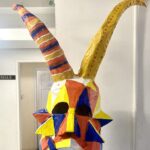
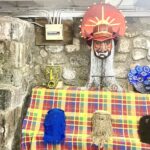
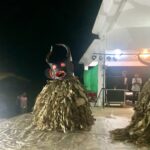

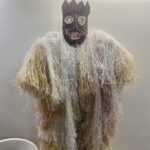
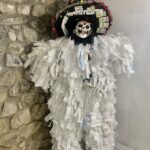
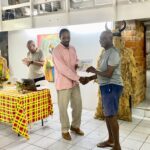


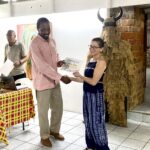
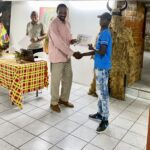
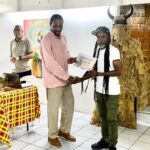

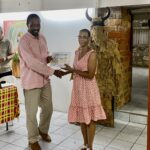



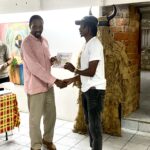
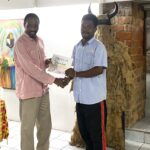
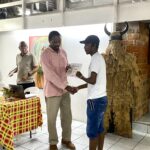
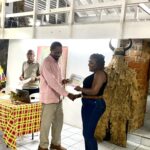


Disclaimer: The comments posted do not necessarily reflect the views of DominicaNewsOnline.com and its parent company or any individual staff member. All comments are posted subject to approval by DominicaNewsOnline.com. We never censor based on political or ideological points of view, but we do try to maintain a sensible balance between free speech and responsible moderating.
We will delete comments that:
See our full comment/user policy/agreement.